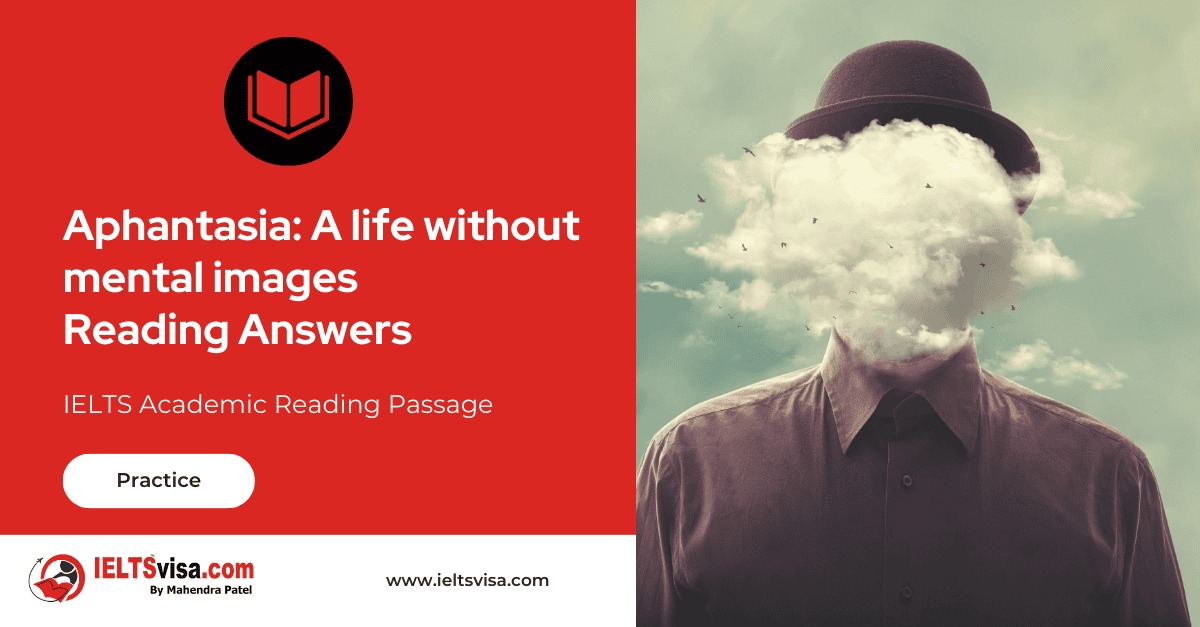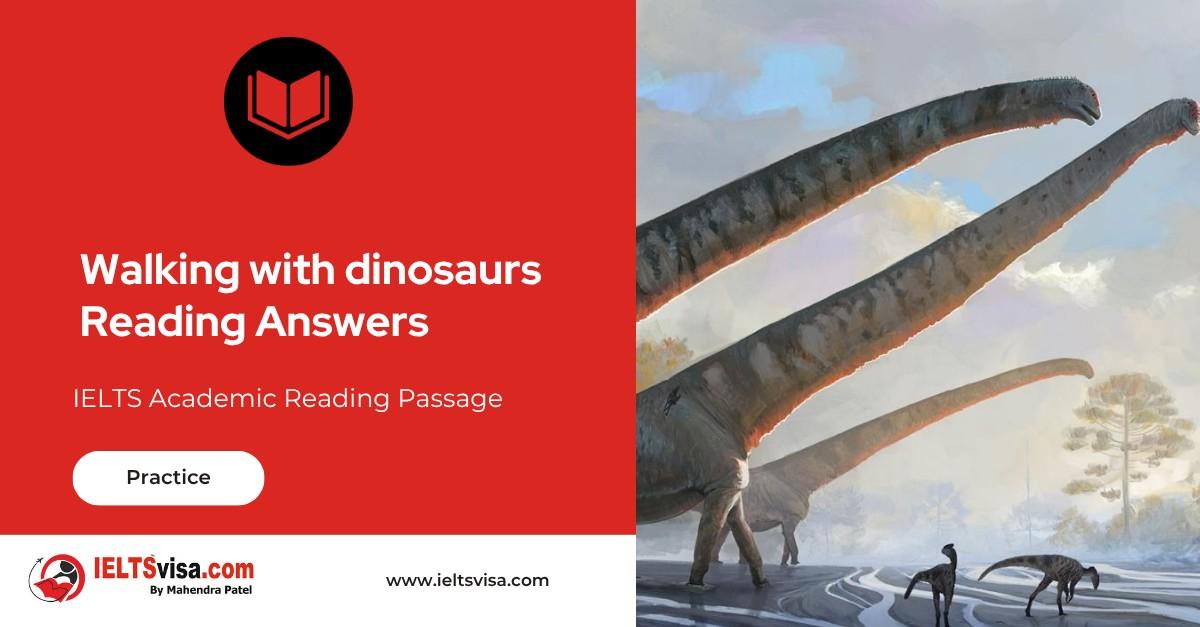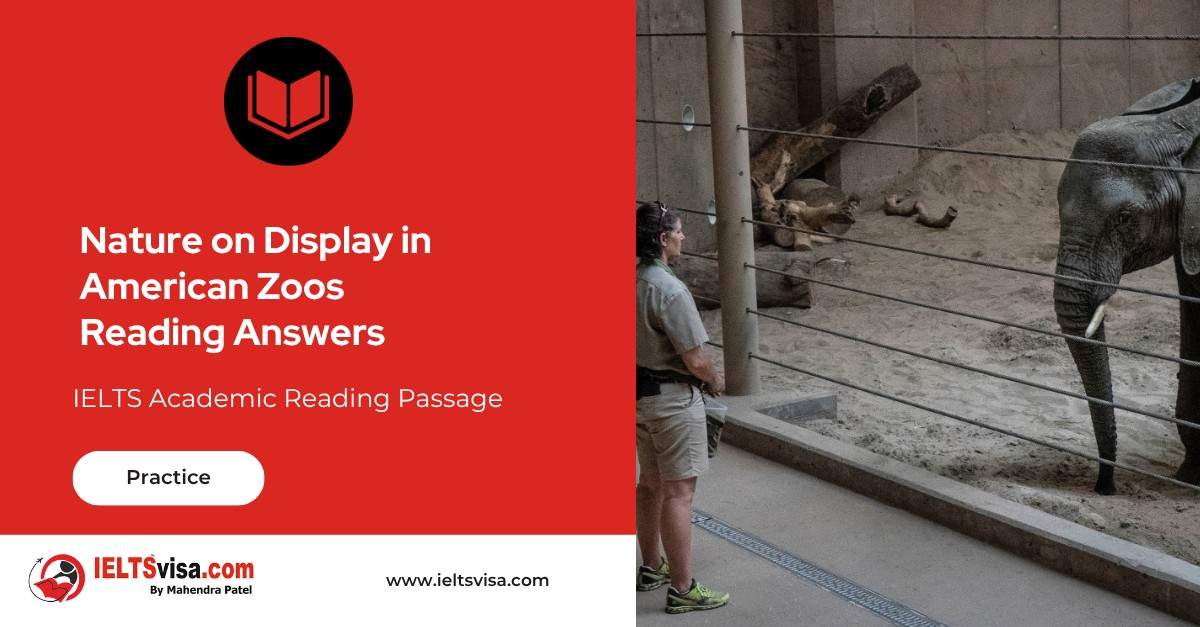Aphantasia: A life without mental images Reading Answer
IELTS Academic Reading Passage
Most people can readily conjure images inside their head — known as their mind’s eye. But this year scientists have described a condition, aphantasia, in which some people are unable to visualize mental images.
Niel Kenmuir, from Lancaster, has always had a blind mind’s eye. He knew he was different even in childhood. “My stepfather, when I couldn’t sleep, told me to count sheep, and he explained what he meant, I tried to do it and I couldn’t,” he says. “l couldn’t see any sheep jumping over fences, there was nothing to count.”
Our memories are often tied up in images, think back to a wedding or first day at school. As a result, Niel admits, some aspects of his memory are “terrible”, but he is very good at remembering facts. And, like others with aphantasia, he struggles to recognize faces. Yet he does not see aphantasia as a disability, but simply a different way of experiencing life.
Mind’s eye blind
Ironically, Niel now works in a bookshop, although he largely sticks to the non-fiction aisles. His condition begs the question what is going on inside his picture-less mind. I asked him what happens when he tries to picture his fiancée. “This is the hardest thing to describe, what happens in my head when I think about things,” he says. “When I think about my fiancée there is no image, but I am definitely thinking about her, I know today she has her hair up at the back, she’s brunette. But I’m not describing an image I am looking at, I’m remembering features about her, that’s the strangest thing and maybe that is a source of some regret”.
The response from his mates is a very sympathetic: “You’re weird.” But while Niel is very relaxed about his inability to picture things, it is a cause of distress for others. One person who took part in a study into aphantasia said he had started to feel “isolated” and “alone” after discovering that other people could see images in their heads. Being unable to reminisce about his mother years after her death led to him being “extremely distraught”.
The super-visualizer
At the other end of the spectrum is children’s book illustrator, Lauren Beard, whose work on the
Fairytale Hairdresser series will be familiar to many six-year-olds. Her career relies on the vivid images that leap into her mind’s eye when she reads text from her author. When I met her in her box-room studio in Manchester, she was working on a dramatic scene in the next .The text describes a baby perilously climbing onto a chandelier.
“Straightaway I can visualize this grand glass chandelier in some sort of French kind of ballroom, and the little baby just swinging off it and really heavy thick curtains,” she says. “l think I have a strong imagination, so I can create the world and then keep adding to it so it gets sort of bigger and bigger in my mind and the characters too they sort of evolve. I couldn’t really imagine what it’s like to not imagine, I think it must be a bit of a shame really.”
Not many people have mental imagery as vibrant as Lauren or as blank as Niel They are the two extremes of visualization. Adam Zeman, a professor of cognitive and behavioral neurology, wants to compare the lives and experiences of people with aphantasia and its polar-opposite hyperphantasia. His team, based at the University of Exeter, coined the term aphantasia this year in a study in the journal Cortex.
Prof Zeman tells the BBC: “People who have contacted us say they are really delighted that this has been recognized and has been given a name, because they have been trying to explain to people for years that there is this oddity that they find hard to convey to others.” How we imagine is clearly very subjective — one person’s vivid scene could be another’s grainy picture. But Prof Zeman is certain that aphantasia is real. People often report being able to dream in pictures, and there have been reported cases of people losing the ability to think in images after a brain injury.
He is adamant that aphantasia is “not a disorder” and says it may affect up to one in 50 people. But he adds: “I think it makes quite an important difference to their experience of life because many of us spend our lives with imagery hovering somewhere in the mind’s eye which we inspect from time to time, it’s a variability of human experience.”
Questions 1—5
Do the following statements agree with the information in the IELTS reading text?
In boxes 1-5 on your answer sheet, write
TRUE if the statement agrees with the information
FALSE if the statement contradicts the information
NOT GIVEN if there is no information on this
- Aphantasia is a condition, which describes people, for whom it is hard to see images in their Imagination.
- Niel Kenmuir was unable to count sheep in his head.
- 3. Many people with aphantasia struggle to remember personal traits of different people.
- The author met Lauren Beard when she was working on a scene in her next book.
- Different people expressed their satisfaction that the problem of aphantasia and hyperphantasia has finally been recognized.
Questions 6—8
Choose the correct letter, A, B, C or D.
Write the correct letter in boxes 6—8 on your answer sheet.
- People with aphantasia are generally good at:
A Remembering faces
B Remembering facts
C Remembering traits
D This condition has no advantages
- Unlike Niel, Lauren:
A Can visualize different objects
B Can write books
C Has aphantasia
D Has no conditions
- Adam Zeman wants to:
A Cure aphantasia
B Compare people with different conditions
C Do researches
D Learn more about aphantasia and hyperphantasia
Questions 9—14
Complete the sentences below. Write NO MORE THAN TWO WORDS from the passage for each answer.
- Niel’s colleagues describe him a——————– person.
- Only a small fraction of people have imagination as ____________________ as Lauren does.
- Hyperphantasia is ___________________ to aphantasia.
- Many people spend their lives with _____________________ somewhere in the mind’s eye.
- Prof Zeman is _______________ that aphantasia is not an illness.
- Prof Zeman strongly believes that aphantasia is not a___________________

Solution For: Aphantasia: A life without mental images
Reading Answer
| 1. false | 2. true |
| 3. not given | 4. true |
| 5. true | 6. B |
| 7. A | 8. B |
| 9. weird | 10. vibrant |
| 11. polar-opposite | 12. imagery hovering |
| 13. adamant | 14. disorder |
Review and Practice
- Regularly practice with IELTS reading samples and time yourself to get used to the pressure of the exam.
- Review your mistakes to understand where you went wrong and how to avoid similar errors in the future.
Our Books
Master IELTS Speaking Part 1
IELTS Writing Task 1 Book
IELTS Writing Task 2 Book
Aphantasia: A life without mental images Reading Answer Explanation
Comin Soon
Practice IELTS Other Modules
IELTS Listening
The IELTS Listening test assesses how well you can understand spoken English in various contexts. It lasts about 30 minutes and is divided into four sections with a total of 40 questions. The listening tasks become increasingly difficult as the test progresses.
IELTS Academic Reading
The IELTS Academic Reading section assesses your ability to understand and interpret a variety of texts in academic settings. It is designed to evaluate a range of reading skills, including skimming for gist, reading for main ideas, reading for detail, understanding inferences, and recognizing a writer's opinions and arguments.
IELTS Speaking
The IELTS Speaking test assesses your ability to communicate in English on everyday topics. It lasts 11-14 minutes and consists of three parts: introduction, cue card, and a discussion based on the cue card topic.
IELTS General Reading
IELTS General Reading tests your ability to understand and interpret various types of texts. Here are some key areas and types of content you can expect to encounter in the reading section, along with tips for effective preparation.
IELTS Academic Writing Task 1
In IELTS Academic Writing Task 1, you are presented with a visual representation of information, such as graphs, charts, tables, or diagrams, and you are required to summarize, compare, or explain the data in your own words.
IELTS General Writing Task 1
In IELTS General Writing Task 1, you are required to write a letter based on a given situation. The letter can be formal, semi-formal, or informal, depending on the prompt. Here’s a breakdown of the key components to include in your letter
IELTS Academic Writing Task 2
In IELTS Academic Writing Task 2, you are required to write an essay in response to a question or topic. Here’s a guide to help you understand the essential elements of this task
IELTS Exam Tips
To succeed in the IELTS exam, practice regularly, familiarize yourself with the test format, improve your vocabulary, develop time management skills, and take mock tests to build confidence.
Grammer for IELTS
Grammar is the foundation of effective communication in English. Understanding tense usage, subject-verb agreement, and sentence structure enhances clarity and coherence in writing and speaking.
Vocabulary for IELTS
Vocabulary plays a crucial role in the IELTS (International English Language Testing System) exam, especially in the Speaking and Writing sections. Here’s an overview of why vocabulary is important and how it impacts your performance
RECENT IELTS SAMPLES QUESTIONS AND ANSWERS
Walking with dinosaurs
Peter L. Falkingham and his colleagues at Manchester University are developing techniques that...
Money as the Unit of Amount Reading Answers
The most difficult aspect of money to understand is its function as a unit of account. In...
WEATHERING IN THE DESERT
In the deserts, as elsewhere, rocks at the earth's surface are changed by weathering, which...
Nature on Display in American Zoos
The first zoo in the United States opened in Philadelphia in 1874, followed by the Cincinnati...
Can We Prevent the Poles From Melting
Such is our dependence on fossil fuels, and such is the volume of carbon dioxide we have...
Air conditioning the earth reading answers
The circulation of air in the atmosphere is activated by convection, the transference of heat...













